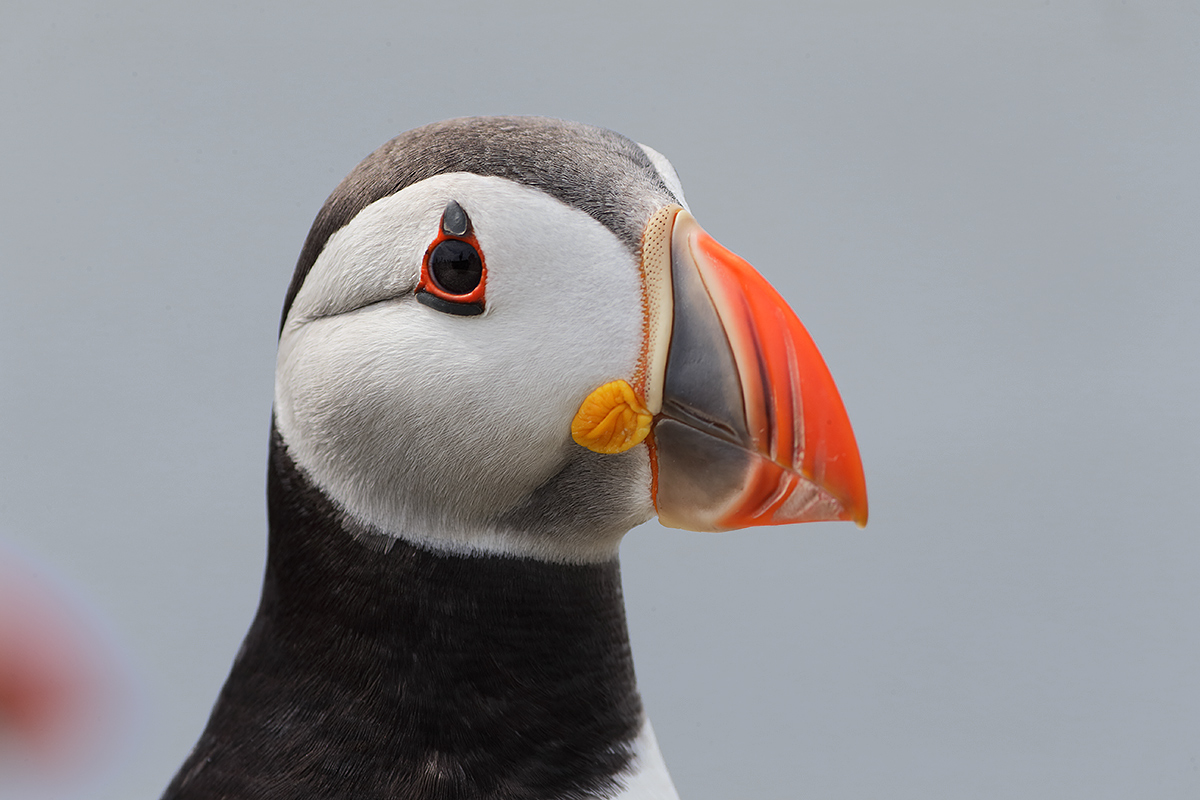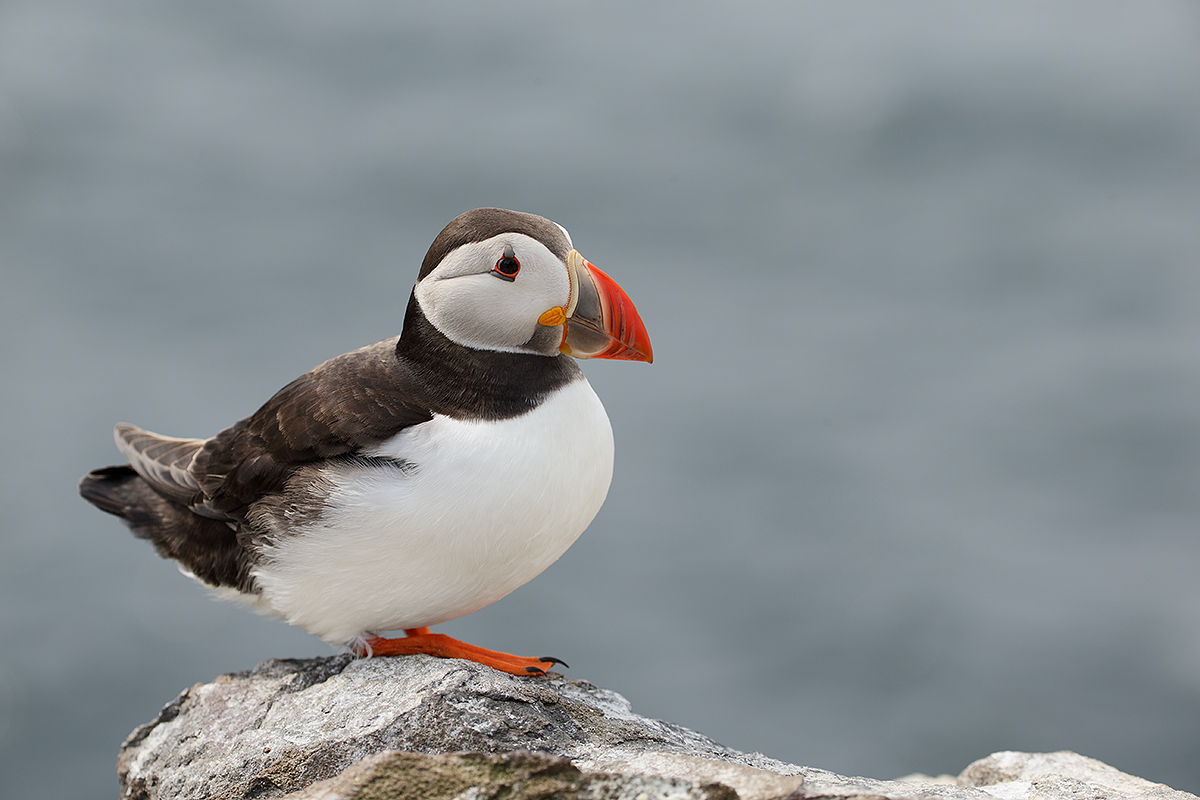The Streak Continues: 227
This post was published just before 5:30am from Rockville, Center, Long Island, NY as Denise and I got ready for the first morning of the Nickerson Baby Beach Nesting Birds IPT. This post, which took me about 2 hours to prepare, marks 227 consecutive days with a new educational blog post. With so many folks getting in the habit of using our B&H links and our Amazon logo-links, why quit now? April, May, June, and July have been fantastic as lots of folks are getting the message; using my affiliate links does not cost you a penny and helps support my efforts here. To show your appreciation, I do ask that you use our B&H and Amazon affiliate links on the right side of the blog for all of your purchases. Please check the availability of all photographic accessories in the BIRDS AS ART Online Store, especially Gitzo tripods, Wimberley tripod heads, and the like. We sell only what I have used and tested, and know that you can depend on. We will not sell you junk. We know the tools that you need to make creating great images easy and fun. And we are always glad to answer your gear questions via e-mail.
You can find the following items in the store: Gitzo tripods, Mongoose M3.6 and Wimberley heads, plates, low feet, and accessories, flash brackets, , Delkin e-film Pro Compact Flash Cards, LensCoat products, and our unique line-up of educational materials including ABP I & II, Digital Basics, Site and Set-up e-Guides, Canon and Nikon Camera Users and AF e-Guides, and MP-4 Photoshop video tutorials among others.
I would of course appreciate your using our B&H affiliate links for all of your major gear, video, and electronic purchases. For the photographic stuff mentioned in the paragraph above we, meaning BAA, would of course greatly appreciate your business. Here is a huge thank you to the many who have been using our links on a regular basis and visiting the BAA Online store as well.
|
This head portrait of an Atlantic Puffin was created on the UK Puffins and Gannets IPT with the Gitzo 3532 LS carbon fiber tripod, the Mongoose M3.6 head, Canon EF 200-400mm f/4L IS USM lens with Internal 1.4x Extender (with the internal extender in place), the Canon Extender EF 1.4X III (at 681mm) with the Canon EOS-1D X . ISO 400. Evaluative metering +1 1/3 stops as framed in cloudy bright conditions: 1/200 sec. at f/11 in Av mode. White Balance = AWB. Central Sensor/Surround/AI Servo-Rear Focus AF on the yellow tubercle was active at the moment of exposure. Click here to see the latest version of the Rear Focus Tutorial. Click on the image to see a larger version. |
Hard to Believe…
It is hard to believe that the two images presented here today were created with the same lens; the versatility of the 200-400 with internal extender is unmatched when working with relatively tame birds or large mammals. Which image do you think that I created first?
|
This Atlantic Puffin image (I am pretty sure that it was the same bird or possibly one of two on the same rock) with the Gitzo 3532 LS carbon fiber tripod, the Mongoose M3.6 head, Canon EF 200-400mm f/4L IS USM lens with Internal 1.4x Extender at 214mm) and the Canon EOS-1D X. ISO 400. Exposure extrapolated from the previous exposure: 1/800 sec. at f/11 in Manual mode. White Balance = AWB. One sensor to the left of the central Sensor/Surround/AI Servo-Rear Focus AF on neck band was active at the moment of exposure. Click here to see the latest version of the Rear Focus Tutorial. Click on the image to see a larger version. |
Photoshop Hanky Panky?
After enlarging each image by clicking on it, let us know if you can detect anything screwy that was done to either image (or to both) in Photoshop. Did I replace a head? An eye? Did I remove a band or a bird?
The Stronger Image?
Please take a moment to leave a comment and let us know which of the two puffin images you like best, the tight head portrait or the wide image of the whole bird on the rock. And do let us know why.
Do you like the out-of-focus puffin bill in the first image?
The 2015 UK Puffins and Gannets IPTs
Our first UK Puffins and Gannets IPT was so amazingly productive and so much fun that by the 2nd afternoon Denise and I had already decided to return in very early July 2015. In addition, we may run the first-ever Ireland Puffins and Gannets IPT the week before. If you are interested in receiving early notice for either or both of these great trips, please shoot me an e-mail with the words “2015 Puffins and Gannets IPTs” cut and pasted into the Subject line.
Be sure to like and follow BAA on Facebook by clicking on the logo link upper right. Tanks a stack!
Support the BAA Blog. Support the BAA Bulletins: Shop B&H here!
We want and need to keep providing you with the latest free information, photography and Photoshop lessons, and all manner of related information. Show your appreciation by making your purchases immediately after clicking on any of our B&H or Amazon Affiliate links in this blog post. Remember, B&H ain’t just photography!
Amazon Canada
Many kind folks from north of the border, ay, have e-mailed stating that they would love to help us out by using one of our affiliate links but that living in Canada and doing so presents numerous problems. Now, they can help us out by using our Amazon Canada affiliate link by starting their searches by clicking here. Many thanks to those who have written.
Typos
In all blog posts and Bulletins, feel free to e-mail or to leave a comment regarding any typos, wrong words, misspellings, omissions, or grammatical errors. Just be right. 🙂
















For me looks like some editing been done near the left side of the neck, infront of the OOF beak. The contour of the neck there looks little(I mean very very little) clumsy. In the second image, the OOF distant rock(lower left) also looks like got similar treatment. I may be completely wrong, very difficult to tell there were really photoshoping on these birds. Personally, I liked the second image, it has a kind of environmental factor!!!
Zero Photoshop on either image. And agree on the 2nd image. artie
I think the headshot would benefit from a different crop — maybe a vertical or move the head a little more off-center, maybe with a 4×5 height x width.
–bill
Personally I like the tight head shot of the Puffin. The out of focus bill doesn’t bother me as I find it helps draw my eye towards the Puffin’s eye and focus more on the details of the feathers and the colour on the face.
Good on you with your 2nd bill thinking 🙂
Definitely two different puffins. Despite the distracting second bill on the first image, I love the head shot. Much greater ability to engage with the first puffin.
Laurie
Some folks’ distractions are pleasing compositional elements to others 🙂 artie
Whole bird on the rock is definitely the stronger image, to me. Head shots generally seem to be a distant second whenever compared a good shot of the whole bird and all the more so when there is context. Further, the whole bird shot is way more compelling and keeps the viewer going back for an additional look.
While I generally love head shots here I do prefer the wider habitat image by a mile.
The head shot was first. You wrote about the second, “…I’m pretty sure this was the same bird….” I prefer the head shot; however, I would put both on my wall. Is the blur to the left of the head shot a beak of another Puffin? Why did you leave it in?
Raleigh
Thanks. Yes, it was a bill from another puffin. Though I sort of like it I could have gone either way…
They are both beautiful images but I am surprised you didn’t clone out the distraction in the head shot’s left frame.
Would you have cloned out the o-o-f puffin bill?
They are two different puffin heads. The details on their mouths are different. The second images was created first (based on the file names). I prefer the second one.
Paul
Sneaky Paul :). Agree on #2.
I believe they are two different birds. The top one has a slight group of white feathers on the neck partway back that overlap the feathers on the body of the bird. This is not shown on the second bird.
In any event, I happen to like both although the headshot portrait of the first bird is lovely.
Jay
Thank you sir. artie
I prefer image 2. Showing the bird and a piece of it’s surroundings adds more background to the image. The head angle is also better than the headshot.
Agree on you preference for the 2nd image but wish for just a degree or two more head turn toward us in that one.
Different head. Angle and length of neck different.
I prefer the first. Puffin’s have such beautiful faces that the first shot is actually more interesting to me than the second.
Incredible images, as always!!!!
Many tanks Jerry. And planes and warships as well. artie
Agree, went for the overall shot then honed in on the head – like the head better of the two, beautiful tones and separation from the background – don’t mind the OOF beak, I did something similar with a head shot of a Shag, same place, possibly same day!! (I think it adds context)
Graham
Thanks for chiming in. Different strokes :). I created the tight head shot first and I greatly prefer the wider image :).
Which one did you capture first? I’ll say the one at 214 to make sure you got
the shot, then went to the max to get the head shot.
Do I like the OOF bill in the first? This time I’d have to say no. Its just
to out of focus for me.
Doug
As always I stared with the head shot 🙂
I sort of like the o-o-f focus bill…
I was going to say ‘always’, but I thought, the
one time I do, that’ll be the day he decided
to work in reverse 🙂
Doug